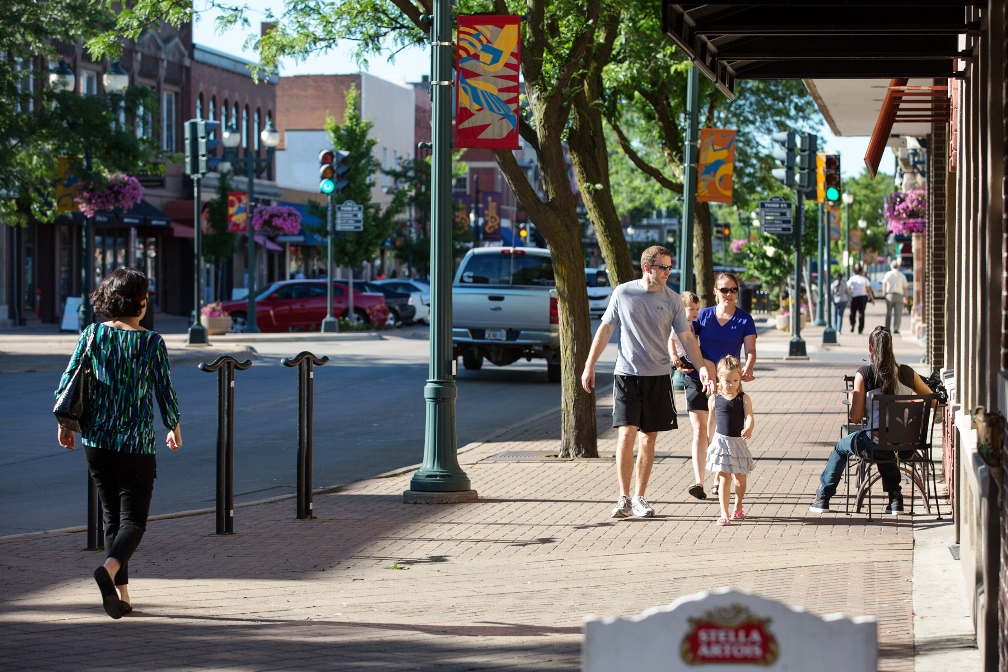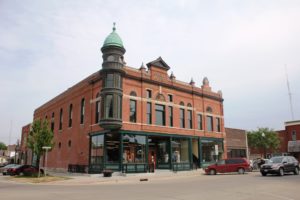In the early 1980s, the National Main Street Center introduced a pioneering approach to downtown revitalization. The Main Street Approach offers community-based revitalization initiatives with a practical, adaptable framework for downtown transformation that is tailored to local conditions. The approach helps communities get started with revitalization and grows with them over time.
Main Street empowers communities to set their own destinies. While revitalization is challenging work, the Main Street program offers a road map for locally-owned, locally-driven prosperity. Across the country, thousands of communities have used the Main Street Approach to transform their economies, leverage local leadership, and improve overall quality of life. Through this empowerment, the approach assists communities with the evolution and changes that will inevitably occur during revitalization efforts.
Successful communities have learned to hone the Main Street program’s balance of historic preservation, creativity, business support, and organizational basics. The following section will explore snapshot case studies from three central Iowa Main Street programs. These stories demonstrate rural revitalization against all odds, a diverse urban program utilizing community-initiated development to lead by example, and a successful traditional retail district in the midst of its continued evolutionary process.
The American journalist Sydney J. Harris once said, “What we really want is for things to remain the same but get better.” This quote sums up a difficult reality for local revitalization efforts. In order to be successful, revitalization needs to be a positive force for change but also a mediator of emotional connections to a community’s comfort zone.
Development processes, whether personal or community-wide, will never be linear. There are going to be periods of time when change comes easy, other times when it feels that nothing is going to done, and still other times when we feel that sense of déjà vu, that sense that we have tried this before.
As each place walks through its own process of evolution, acceptance, and change, it is important for a community to build a foundation of tools to navigate the emotional connections of change. These tools are inherently built into the Main Street Approach and are characteristics of local places that have experienced revitalization success.
By acknowledging that revitalization is more than simply driving change but also about supporting the personal connections to a place, local leaders can use the emotional connections relating to change as an empowered tool.
This can position a local revitalization program to be more engaged through honest conversations with the community about the impacts of change.
Photo credit: Cedar Falls Community Main Street
See full article—with 3 success stories—by Michael Wagler on Main Street America website.


